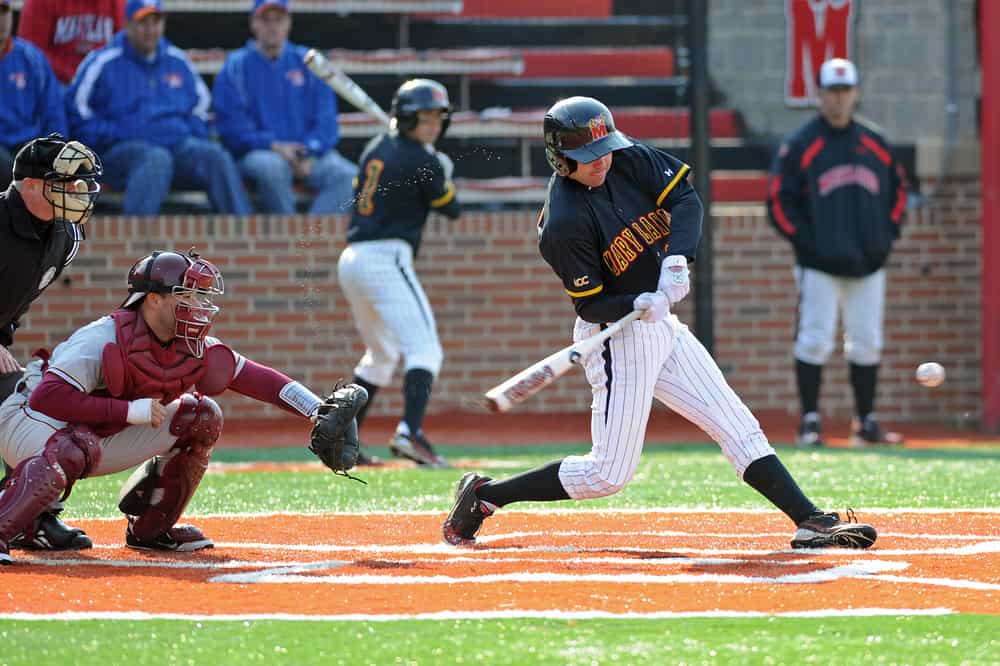
To learn more about the recruiting process, I talked with Avi Stopper, a former college athlete and a co-founder of CaptainU, which could be called an athletic LinkedIn that helps student athletes to connect with athletic coaches.
Stopper, who is a former men’s soccer coach at the University of Chicago, launched CaptainU when he was in the school’s MBA program. Over the years, hundreds of thousands of high school athletes, college coaches, youth coaches, and events have used CaptainU to get organized, promote themselves, and get noticed by others in the youth and college sports world.
Major Take-Away Points
Here are a few of Stopper’s main take-home points during my interview with him:
1. Rather than focusing upfront on athletic scholarships, student-athletes need to look for schools that would be good fits academically and socially.
2. Students should ask themselves this question: If I broke my leg and couldn’t play my sport anymore, would this be a school I’d want to attend?
3. A student shouldn’t bring up athletic scholarships right when meeting or exchanging emails with a coach. That’s a turn off. The teenager needs to know more about the program and the coach needs to know more about the athlete before scholarships are broached.
4. Students should not ignore Division III schools even though they don’t offer athletic scholarships. Merit scholarships and financial aid from Division III schools often exceed what many students will get from athletic scholarships.
5. Top players are on Division I teams, but as you start to move down the Division I ranks, there is a lot more parity between some mid-tier Division I teams and some of the top Division II and Division III teams.
Athletic Scholarship Odds
During our conversation, Stopper suggested that parents and student athletes should read a sobering 2008 story that ran in The New York Times regarding athletic scholarships. Here is the link: Expectations Lose to Reality of Sports Scholarships

I just want to point out that CaptainU is really not like LinkedIn for student athletes. It is only subscription-based (read: FEE) and once you create a profile, if you don’t pay up your student athlete will get spammed to death throughout their entire senior year.
My child was recruited by several colleges last year and only one coach used CaptainU. My kid is now a freshman with a partial athletic scholarship, all without succumbing to the enticing “A coach has looked at your profile!” emails from CaptainU.
Re #1: If your child wants to play their sport in college, he or she should look for schools where their abilities fit with the team AND they fit in academically and socially. IMO, only leave out the sport if your child doesn’t care if they play or not. (Not an option for my kid, who really loves the sport).
Re #3: Scholarships are a huge issue for those of us who don’t get financial aid but aren’t rich. I made the finances my issue and I explained my situation to each coach that we met. My student athlete made the first connection and set up the meeting, I broached the subject in the meeting.
The really big inside scoop that I don’t read about is that even at DIII colleges, coaches do have the ability to find out what scholarships your child will qualify for before they step foot on campus for their official visit. All of the coaches that we met with (and who were interested in my child for the team) were able to do this (with the help of transcript and SAT/ACT scores) and we met with both DI and DIII coaches when we looked at the campuses over the summer. Obviously, these were not binding without an official offer letter, but what coach is going to tell you that your child will get no scholarship money at all if there is even the slightest chance they might?
My feeling was that the number of official visits was limited both by NCAA rules and by my child’s practice/playing/academic schedule so there was no reason to have an official visit at a college that we could not afford to pay for without some form of scholarship money. I know of too many student-athletes who went on official visits without knowing the numbers and were sorely disappointed come April when they received their acceptance letter from their top choice listing zero scholarship money.
You would be amazed at the number of DI colleges that pour all of their money into men’s basketball, for example, with full scholarships and professional grade facilities, but have zero money for other sports. My child received a letter of intent from one of these such schools with an offer of $100 (yes, two zeros) several months after meeting the coach, getting the negative scholarship answer, and nixing the official visit. Had a good laugh over that one.
… “as you start to move down the Division I ranks, there is a lot more parody….”
Do you mean parity? I would hope there would be some humor in it, though. 🙂
Oops. Thanks for pointing out that typo and for your own humor!
Lynn O.
Hi Lynn,
Prospective student-athletes also need to look at the depth chart for the position that they might be expected to play on the team. Suppose the starter is a sophomore. Does the coach tell a recruit that he’s going to bump the incumbent out of a job, or that he will have to wait three seasons before he can receive significant playing time. Scholarship sports, especially football and basketball, are a full-time job at D-1 schools. It’s no sense going to a school where you might work so hard for so little.
I’m not sure if you wanted to use the term “parody” in Paragraph 5, but looking at it as it relates to sport, it makes sense! 🙂